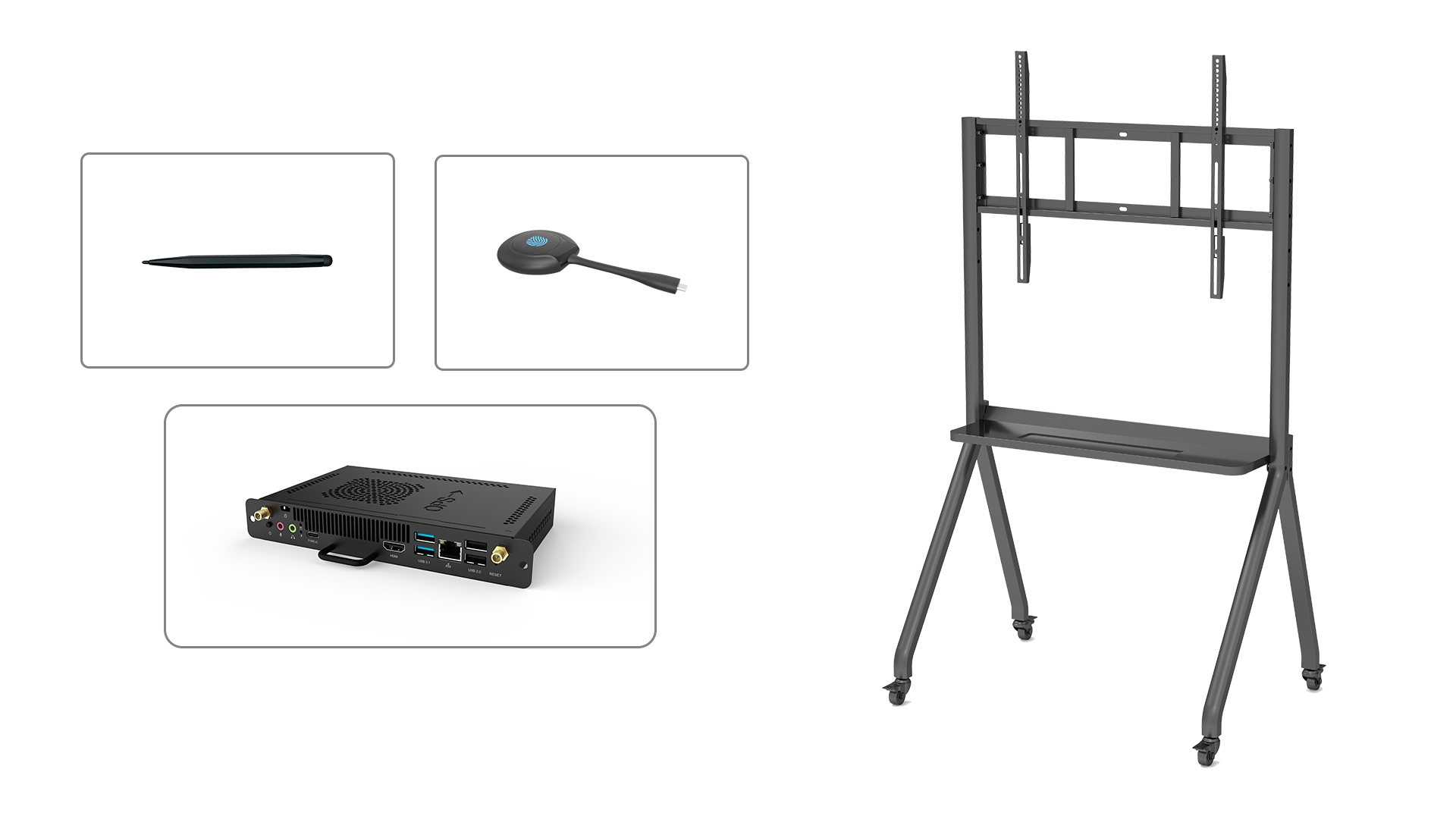1. Introduction to Interactive Media Display Technology
Interactive media display technology has revolutionized the way we interact with digital content. From touchscreens and augmented reality to gesture control and holographic projections, these advancements have transformed the way businesses engage with their audience. In this article, we will explore the latest trends and prospects of interactive media display technology.
2. Touchscreens: Enhancing User Experience
Touchscreens have become an integral part of our daily lives, from smartphones and tablets to interactive kiosks and displays. They enable users to directly interact with the content, making the experience more intuitive and engaging. With advancements like multi-touch capabilities and haptic feedback, touchscreens have become even more responsive, providing a more realistic user experience.
3. Augmented Reality: Bridging the Gap Between Digital and Physical Worlds
Augmented reality (AR) takes interactive media display technology to a whole new level by overlaying digital elements onto the real world. With the help of AR glasses or mobile devices, users can experience a blended reality where virtual objects and information enhance their surroundings. This technology has vast potential, ranging from gaming and education to marketing and healthcare.
4. Gesture Control: A Touch-Free Experience
Gesture control technology allows users to interact with digital content without physically touching any devices. This is possible through sensors that track hand movements and interpret them as commands. Whether it's a wave of the hand to navigate through a presentation or a pinch gesture to zoom in on an image, gesture control offers a futuristic and convenient approach to interacting with digital displays.
5. Holographic Projections: Bringing Content to Life
Holographic projections create the illusion of three-dimensional objects floating in space, providing a mesmerizing and immersive experience. This technology is increasingly being utilized in advertising, product demonstrations, and entertainment. With advancements in holographic displays, we can expect to see more lifelike and dynamic projections that captivate and engage audiences.
6. Interactive Digital Signage: Capturing Attention
Interactive digital signage goes beyond traditional static advertising by delivering dynamic and personalized content. These displays can respond to user actions, such as touch or proximity, to provide relevant information or interactive experiences. Whether it's a touchscreen directory in a shopping mall or a gesture-controlled billboard on the streets, interactive digital signage is a powerful tool for capturing audience attention.
7. Virtual Reality: Stepping into a Digital World
Virtual reality (VR) immerses users in a completely digital environment, creating a sense of presence and interactivity. VR headsets transport users to virtual worlds where they can explore, learn, and play. This technology has applications in gaming, education, training, and therapy. As VR technology continues to evolve, we can expect more realistic and immersive experiences that blur the line between the physical and virtual realms.
8. Interactive Exhibits: Engaging and Informative
Interactive media display technology has revolutionized museums, exhibitions, and trade shows by creating immersive and engaging experiences for visitors. Interactive exhibits combine various technologies like touchscreens, gesture control, and augmented reality to provide a dynamic and informative environment. Visitors can interact with historical artifacts, explore virtual reconstructions, or participate in interactive educational activities.
9. Data Analytics: Personalizing the Experience
Interactive media display technology collects valuable data about user interactions, which can be utilized to personalize the user experience. By analyzing user behavior, businesses can adapt and customize their content to meet the specific needs and preferences of their target audience. Whether it's recommending relevant products or tailoring educational content, data analytics enables a more personalized and impactful interaction.
10. Future Innovations: The Sky's the Limit
The future of interactive media display technology holds infinite possibilities. One exciting prospect is the integration of artificial intelligence (AI) to create intelligent displays that can understand and respond to user emotions, preferences, and intentions. Additionally, advancements in flexible display technology could lead to interactive surfaces that can be seamlessly integrated into our surroundings. The convergence of interactive media display technology with other emerging technologies like 5G, Internet of Things (IoT), and edge computing will further expand its capabilities and potential applications.






